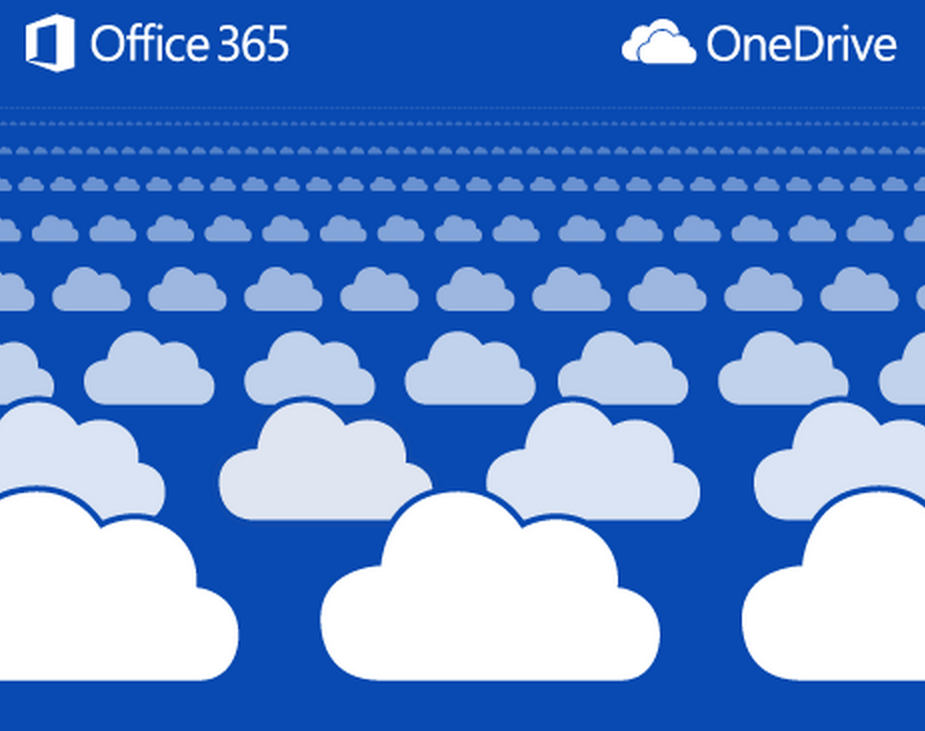Microsoft's evolving business model focuses on freemium, tighter cross-product integration

For the past few days, I've been in catch-up mode after my two-plus week vacation (during which I was mostly unplugged). I've been sifting and sorting and reading back blog posts and transcripts.

Capossela's talk was about how Microsoft is attempting to transform marketing at the company. As part of that, he zeroed in on what Microsoft is doing to transition its business model.
While Microsoft has made a big chunk of its money from licensing its products to OEMs and business users (the latter group via Enterprise Agreement volume-licensing contracts), the company has been moving away from that model for the past several months. The new model is all about "freemium," a k a the notion that an entry-level free tier -- and not just a free trial -- ultimately will result in growing the overall pool of users and their level of engagement.
Once users bite on the free tier offering, Microsoft can shift its from acquisition to engagement, Capossela told the Convergence audience. And that's when marketing can really kick in, by attempting to get users to do more with its products.
"Rather than using Skype just on Sunday night to phone home, you're using Skype for messaging, 15, 20, 30 times every single day. That's engagement," Capossela said.
Once Microsoft gets to this point, teams will "come up with some level of service that some people will be willing to pay for," Capossela didn't elaborate on how Microsoft calculates and then devises this paid tier. But the argument seems to be that there's some value to the company to be able to claim a larger number of users, even if only a subset of them are paying.
"The notion is your total number of users will be far, far larger than the number of users who actually pay you for the service," which is a huge change in the typical Microsoft thinking and business model, he said.
Microsoft recently introduced a free tier for its Power BI analytics service. But Office is really the canonical example here.
"We've literally moved that entire business to a freemium business where if you use Office on a phone or on a small tablet, it's essentially a freemium model. You can just go download Word in the iPhone store or in the Android store on your phone, and it's free. There are certain high-end features that you have to pay for, but the vast majority of it is free.
"Once you cross the 10.2-inch threshold of a device, you need to pay us a subscription. And then that unlocks the premium value on the small devices as well.That's a really radical shift for us," he said.In addition to growing the total number of users by offering a free tier, Microsoft also is continuing its age-old quest to make its own products work "better together." The hope is that once Microsoft gets users to try one of its products, the hooks and integrations between that product and various other Microsoft products will bring users back for more.
The Surface Pro 3 pen is one example; by integrating the pen with OneNote, Microsoft is counting on luring more Surface customers to become loyal OneNoters, Capossela said. Integrating Skpe into Outlook is another example. Cortana, Microsoft's personal digital assistant, is another.
"If you use Cortana, you're actually becoming a Bing user," Capossela said.
Bringing customers to Bing via Cortana is a lot easier than trying to go head-to-head with Google, he maintained.
Because of these kinds of integrations and synergies, Microsoft is hoping to be able to do what Apple and Google do: Create halo effects across its product lines.
"You don't have to market all of your products," Capossela said. "You only market the locomotives. And then when someone uses your locomotive, it pulls along the cabooses,."
Capossela told the Convergence audience to expect to see the company focus more on the Microsoft brand than individual product-line brands as part of this cross-ecosystem push.
"While Windows is a strong brand and Office is a strong brand, the Microsoft brand is actually the strongest one we have."
Capossela also mentioned during his remarks that Microsoft isn't just focused on reinventing productivity and getting more users vested in its cloud. The company also is stepping up its focus on making computing more "personal," a theme echoed in a number of recent Windows announcements and blog posts.
Any mention by Capossela of "Windows 365" or Windows as a service as the new business model for the company? Unsurprisingly, nope. While Microsoft did recently trademark "Windows 365" (possibly/probably as a hedge against others using the name), Microsoft isn't currently looking at making Windows updates a subscription service.